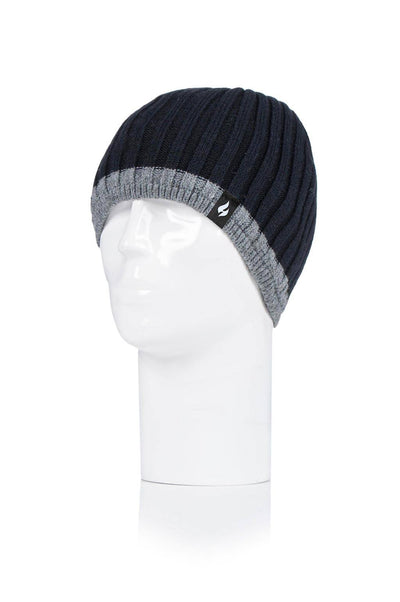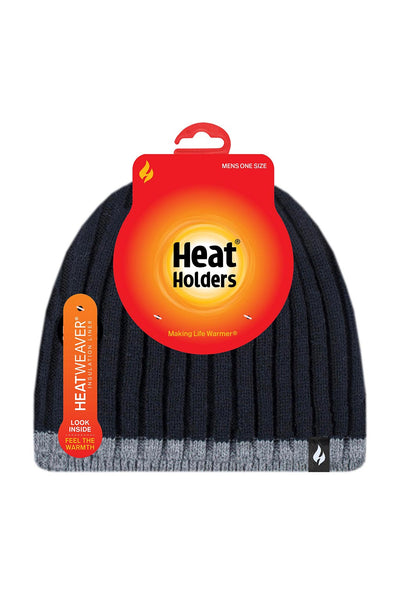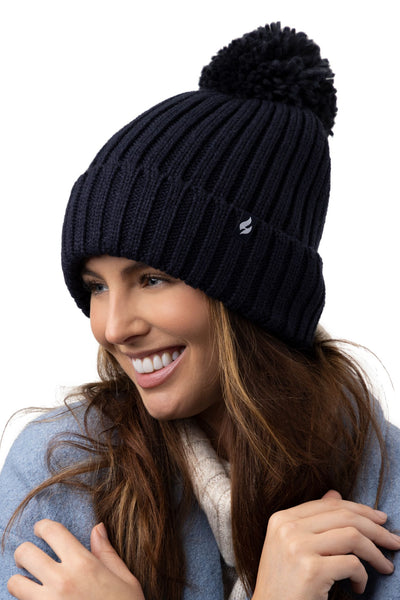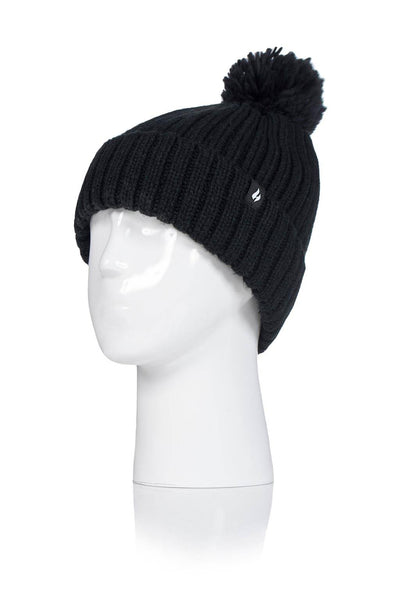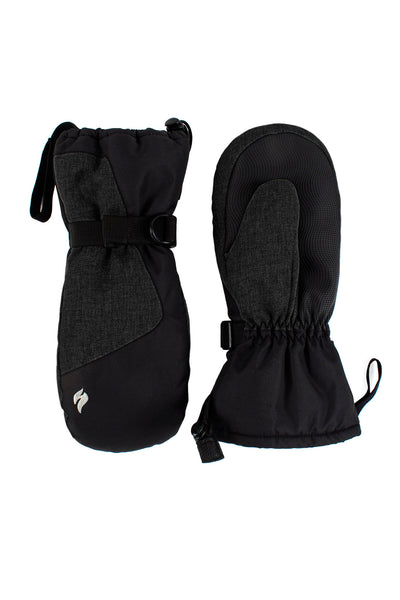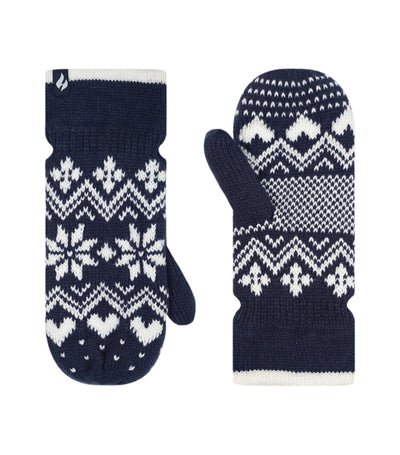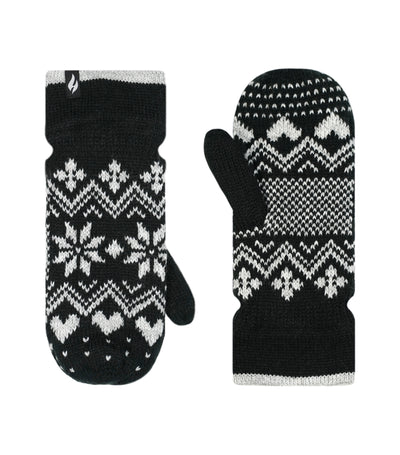Thermal clothing is a must-have for anyone who spends time in cold weather conditions. Whether you're participating in outdoor activities, working in a cold environment, or simply wanting to stay warm during the winter months, thermal clothes provide the necessary insulation to keep you comfortable. In this guide, we will explore the benefits of wearing thermal clothes and provide you with valuable tips on choosing the right thermal material to suit your needs, including:
- What thermal clothing is and how it works
- The advantages to staying warm with a baselayer
- The various materials used, such as wool, synthetics, and silk, and
- What to take into account when choosing a baselayer
Understanding Thermal Clothing
Thermal clothing refers to garments specifically designed to provide insulation and retain body heat. These clothes work by trapping a layer of warm air against the body, acting as a barrier against the cold temperatures outside. This is achieved through the use of specialized materials and innovative design features.
When it comes to staying warm in chilly weather, thermal clothing is a game-changer. Whether you're planning a winter hike, hitting the slopes, or simply braving the cold on your daily commute, having the right thermal clothing can make all the difference in keeping you cozy and comfortable.
What Defines Thermal Clothing?
Thermal clothing is typically made from materials that have excellent heat retention properties. These materials, such as wool, synthetic fibers, and silk, are specifically chosen for their ability to trap air and create a thermal barrier. The use of thermal clothing can significantly enhance your overall warmth and comfort in cold weather conditions.
Wool, a natural fiber, is known for its exceptional insulation properties. It has the ability to retain heat even when wet, making it an excellent choice for thermal clothing. Synthetic fibers like polyester and nylon are also commonly used in thermal garments due to their lightweight nature and ability to wick away moisture from the body, keeping you dry and warm. Silk, although not as commonly used, is a luxurious option that provides excellent insulation while being incredibly soft against the skin.
Thermal clothing is available in various forms, including baselayers, tops, bottoms, socks, and even accessories like hats and gloves. These garments are designed to be worn close to the skin, allowing them to effectively trap the body's natural heat and create a warm microclimate.
How Does Thermal Clothing Work?
Thermal clothing works by utilizing the principles of insulation. The materials used in thermal clothing help to trap air close to the body, preventing heat loss and keeping the wearer warm. This trapped layer of warm air acts as a buffer between the body and the cold environment, helping to maintain a comfortable internal body temperature.
Clothing often incorporates innovative design features to enhance its insulating properties. These features can include strategically placed panels or zones that provide extra warmth to areas that are more prone to heat loss, such as the chest, back, and knees. Some thermal garments also have moisture-wicking properties, which help to keep the body dry by drawing sweat away from the skin.
Furthermore, thermal clothing is designed to be breathable, allowing excess heat and moisture to escape while still retaining warmth. This prevents overheating and ensures that you stay comfortable throughout your activities.
Whether you're engaging in outdoor winter sports, working in a cold environment, or simply enjoying a winter stroll, thermal clothing is a reliable companion that keeps you warm and protected from the biting cold. So, next time you venture out into the frosty air, don't forget to layer up with thermal clothing to experience the ultimate in warmth and comfort.

The Advantages of Wearing Thermal Clothes
Wearing thermal clothes offers numerous advantages that go beyond just keeping you warm. Let's explore some of the key benefits:
Comfort and Mobility in Cold Weather
One of the significant advantages of thermal clothing is the comfort it provides in cold weather conditions. The insulating properties of these garments help to regulate your body temperature, keeping you cozy and comfortable even in extremely low temperatures.
Additionally, thermal clothes are designed to be lightweight and flexible, allowing for ease of movement and maximum mobility.
Imagine yourself on a winter hike, surrounded by a picturesque snowy landscape. As you trek through the frosty terrain, your thermal clothes keep you snug and warm, allowing you to fully enjoy the beauty of nature without feeling the biting cold. The soft and cozy fabric gently hugs your body, providing a comforting sensation that enhances your overall outdoor experience.
Not only do thermal clothes keep you warm, but they also offer exceptional breathability. This means that even when you're engaging in high-intensity activities, such as skiing or snowboarding, your thermal clothing will effectively wick away moisture, preventing you from feeling damp or sweaty. The combination of warmth, comfort, and mobility makes thermal clothes a must-have for any winter adventurer.
Energy Efficiency and Cost Savings
By wearing thermal clothes, you can significantly reduce your reliance on heating systems, resulting in energy efficiency and cost savings. The ability of thermal clothing to retain body heat means that you don't need to keep the thermostat cranked up high, thus reducing your overall energy consumption and lowering your heating bills.
Imagine the satisfaction of knowing that you're not only staying warm but also being environmentally conscious and saving money at the same time. With thermal clothes, you can set your thermostat to a lower temperature without sacrificing comfort. The insulating properties of these garments trap the heat generated by your body, creating a cozy microclimate that surrounds you throughout the day.
As you go about your daily activities, whether it's working from home or enjoying a relaxing evening with loved ones, your thermal clothes provide a constant source of warmth. This means that you can dial down the thermostat, reducing your carbon footprint and contributing to a greener planet. By making a small change in your wardrobe, you can make a big impact on both your energy consumption and your wallet.
Health Benefits of Thermal Clothing
Besides the obvious advantages of staying warm, wearing thermal clothes can also have positive effects on your health. Exposure to extreme cold temperatures can lead to a range of health issues, including frostbite and hypothermia. Thermal clothing acts as a protective layer, shielding your body from the harsh elements and minimizing the risk of cold-related health problems.
Imagine yourself braving the winter winds, exploring a winter wonderland. With each step you take, your thermal clothes provide a barrier against the frigid air, ensuring that your body remains at a comfortable temperature. This protection not only keeps you warm but also reduces the strain on your cardiovascular system, as your body doesn't have to work as hard to maintain its core temperature.
Furthermore, thermal clothes help to regulate your body's moisture levels, preventing excessive sweating and the subsequent cooling effect that can lead to chills and discomfort. By keeping your body dry and insulated, thermal clothing promotes optimal skin health and reduces the risk of skin irritation or cold-related skin conditions.
So, whether you're planning a winter camping trip, engaging in outdoor winter sports, or simply going about your daily routine during the colder months, wearing thermal clothes is a smart choice. Not only do they provide unmatched comfort and mobility, but they also offer energy efficiency, cost savings, and health benefits. Embrace the warmth and protection of thermal clothing, and make the most of your winter adventures!
Different Types of Thermal Materials
When it comes to staying warm in chilly weather, having the right thermal clothing is essential. There are various types of thermal materials available, each with its unique properties and benefits. Let's take a closer look at some of the most popular options:
Wool Thermal Clothing
Wool is a natural fiber that has been used for centuries to keep people warm. It has excellent insulation properties, thanks to the air pockets within the fibers that trap heat. One of the great advantages of wool is its ability to retain heat even when wet, making it an ideal choice for outdoor activities in wet or snowy conditions.
Wool thermal clothing is known for its breathability, moisture-wicking capabilities, and odor-resistant qualities, ensuring you stay comfortable and fresh throughout the day. Additionally, wool is a sustainable and renewable resource, making it an eco-friendly option for those who care about the environment.
Synthetic Thermal Clothing
For those who prefer man-made materials, synthetic thermal clothing is an excellent choice. It is made from materials such as polyester, nylon, or fleece, which are known for their lightweight and quick-drying properties. Synthetic fabrics are designed to mimic the insulating properties of natural fibers like wool while offering additional benefits. Synthetic thermal clothing is an excellent choice for high-intensity activities where moisture management is crucial.
The fabrics used in synthetic thermal clothing are engineered to wick away sweat from the body, keeping you dry and comfortable. They also offer good insulation and ease of movement, making them suitable for a wide range of outdoor adventures. Another advantage of synthetic materials is that they are often more affordable than natural fibers, making them accessible to a larger audience.
Silk Thermal Clothing
If you're looking for a luxurious option that provides exceptional warmth, silk thermal clothing is the way to go. Silk is renowned for its soft and smooth texture, making it incredibly comfortable to wear. It is also an excellent insulator, trapping heat close to the body. Despite its lightweight nature, silk has excellent thermal properties, making it a great choice for cold weather.
Additionally, silk is highly breathable, allowing moisture to escape from the body, keeping you dry and comfortable. Silk thermal clothing is an excellent choice for layering or as a baselayer underneath other garments. It offers a sleek and stylish option for those who prioritize both warmth and fashion. However, it's important to note that silk thermal clothing may require special care when washing and may be more delicate compared to other materials.
As you can see, there are several options to choose from when it comes to thermal clothing. Whether you prefer the natural warmth of wool, the performance of synthetic materials, or the luxurious feel of silk, there is a thermal material that suits your needs and preferences. So, next time you venture out into the cold, make sure you're equipped with the right thermal clothing to keep you warm and comfortable throughout your outdoor adventures.
Factors to Consider When Choosing Thermal Material
When selecting the right thermal material, there are several factors to consider to ensure you make an informed decision:
Weather Conditions and Activity Level
Consider the climate and weather conditions you will be facing. If you expect to encounter wet or snowy conditions, wool thermal clothing may be a suitable choice. For high-intensity activities, synthetic materials offer excellent moisture management. The activity level you will be engaged in also plays a role in determining the level of insulation required.
Material Durability and Maintenance
Thermal clothing should be durable enough to withstand the demands of your chosen activities. Consider the durability and ease of maintenance of the material. Wool, for example, is naturally resistant to odors and stains, while synthetic materials are known for their durability and ease of care.
Fit and Comfort
The fit and comfort of thermal clothing are crucial for overall satisfaction. Ensure that the garment allows for a full range of motion without restricting movement. Look for options with stretchy materials and ergonomic designs. Additionally, consider the layering capabilities of the thermal clothing to ensure proper insulation and versatility.
Conclusion
By understanding thermal clothing and the advantages it offers, you can make an informed decision when choosing the right thermal material. Consider the weather conditions, activity level, material durability, fit, and comfort to ensure maximum comfort and protection in cold weather environments. Invest in quality thermal clothes, and embrace the warmth and benefits they provide during the chilly months.



